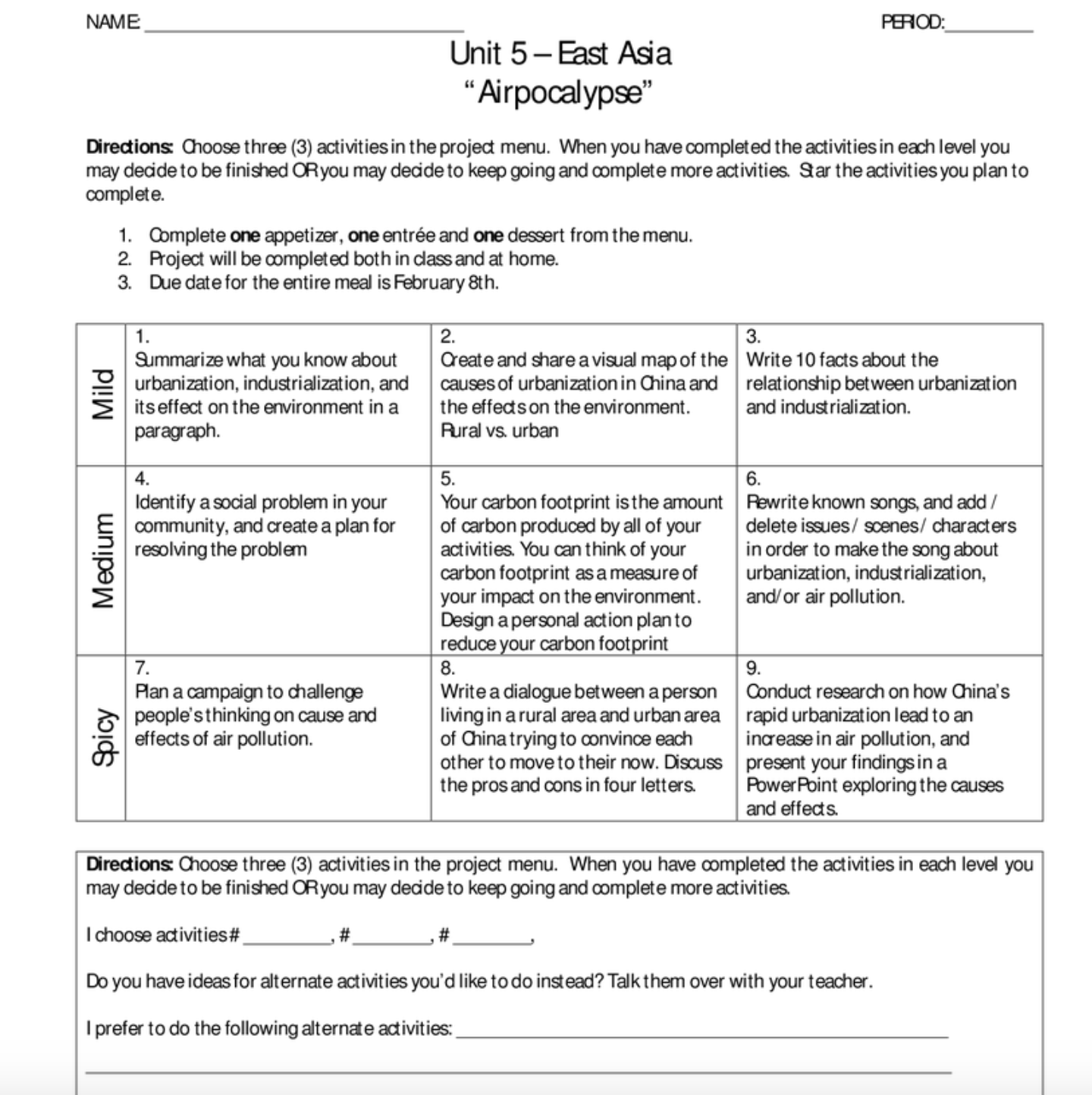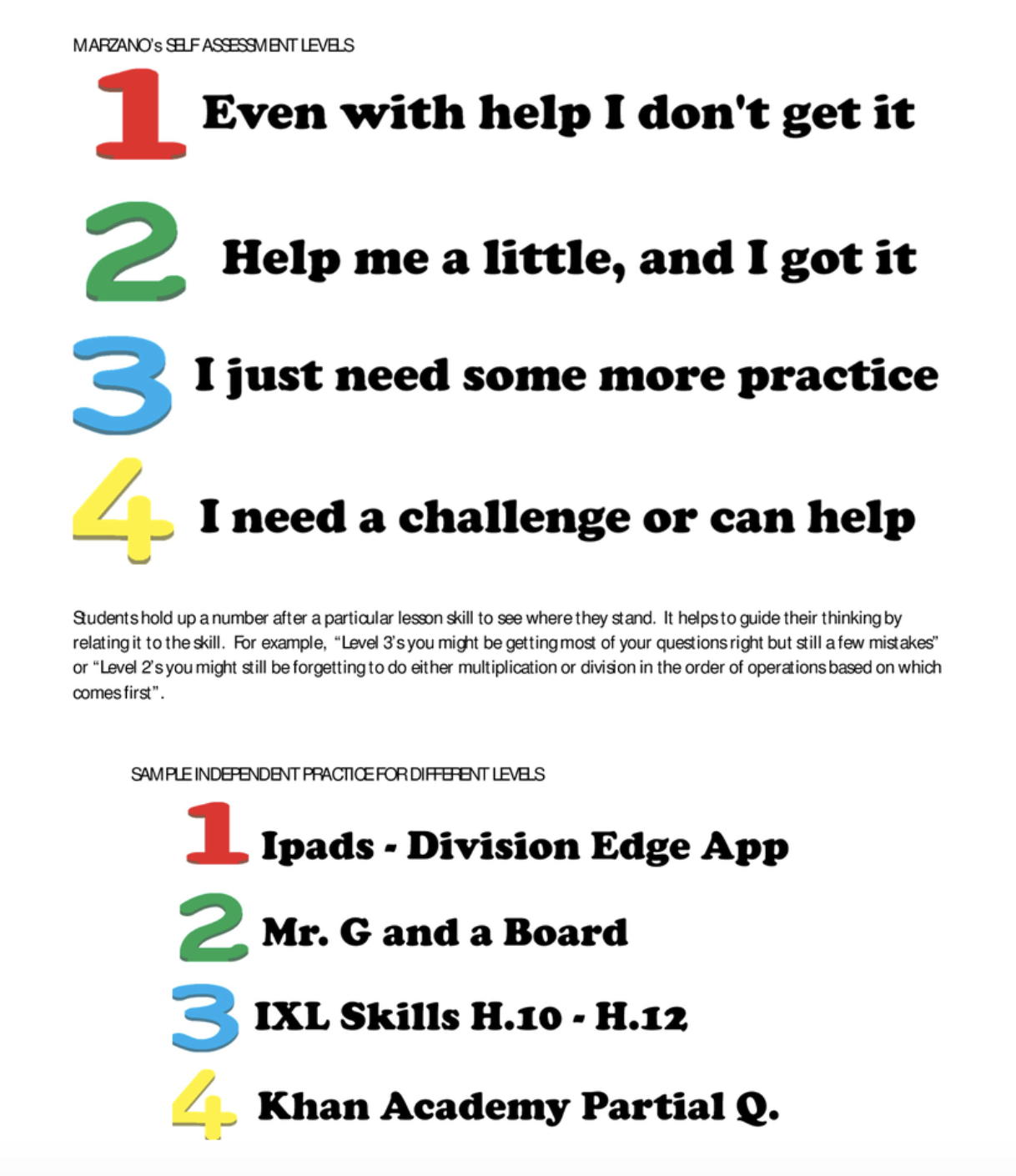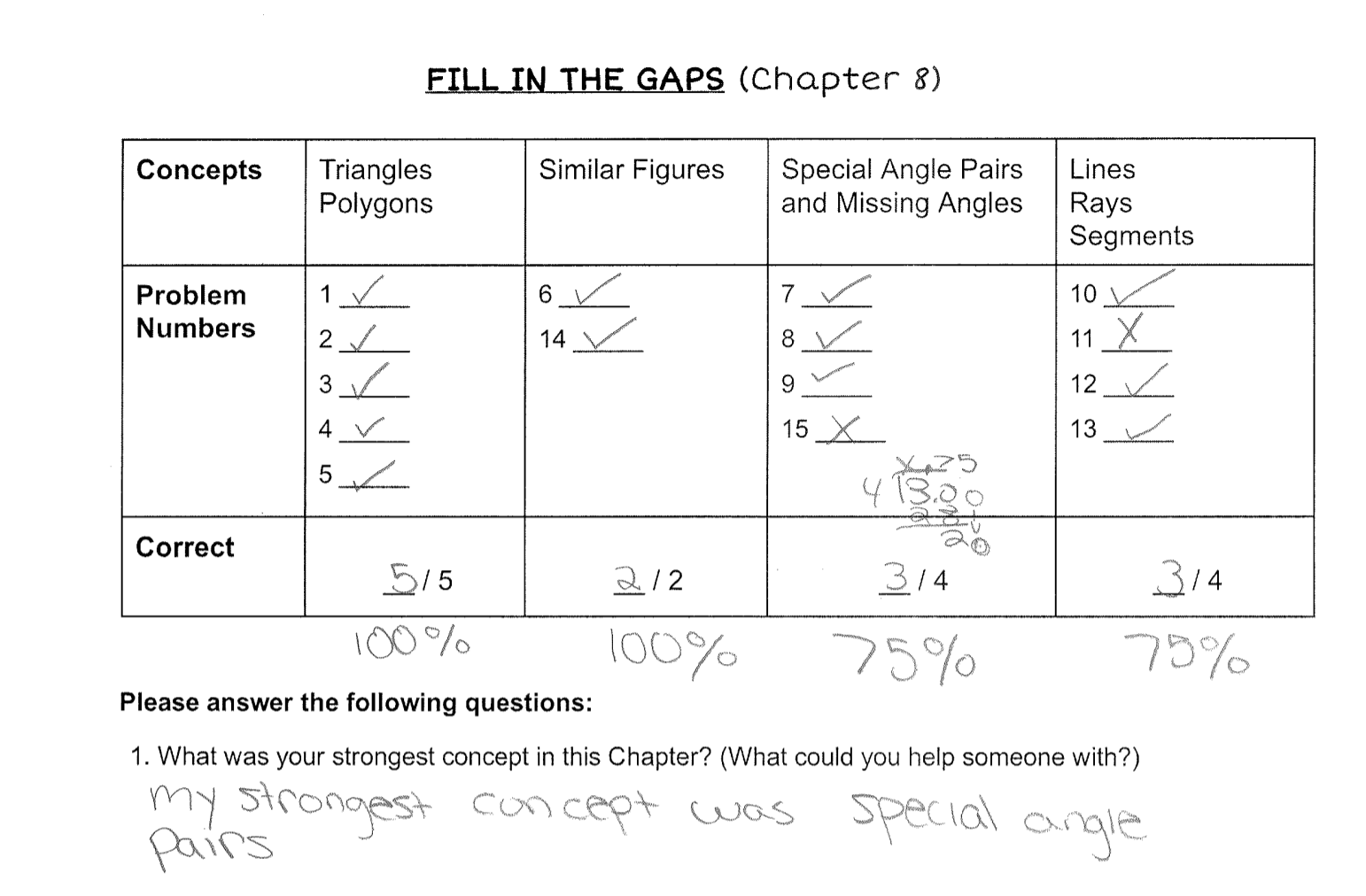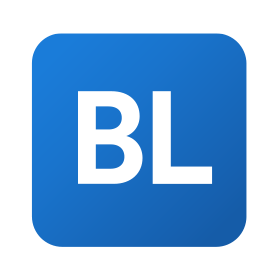One of the most prominent themes in K-12 education right now is student-centered instruction. Brown University Education Alliance defines a student-centered classroom as one where “learning is cooperative, collaborative, and community-oriented. Students are encouraged to direct their learning and to work with other students on research projects and assignments that are both culturally and socially relevant to them. Students become self-confident, self-directed, and proactive…” preparing them to be independent problem-solvers and lifelong learners.
Through our professional learning and free resources, BetterLesson has supported thousands of educators as they make the shift to student-centered instruction. We wanted to share the top five strategies educators are using to bring student-centered learning into their schools and classrooms.
1. Choice Boards
Giving students ownership and autonomy in selecting how they learn and demonstrate mastery is an integral part of a student-centered classroom. Choice boards are a go-to strategy for teachers looking to increase student ownership and differentiate instruction. Choice Boards can be used to present students with new information, help student practice skills, and assess student mastery, or as a combination of all three.
A Choice Board is a graphic organizer that allows students to complete a curated group of tasks that help them build mastery of a specific skill or topic. There are multiple permutations of this strategy, but all of them allow students to take ownership of how they with content while moving at their own pace.
For example, in the choice board below, students can demonstrate mastery by completing an activity from each level of the choice board. Students select their activities and assign themselves a deadline for finishing the project.

To read more about a teacher’s experience using Choice Boards, check out this blog series.
2. Marzano’s Self-Assessment Rubric
For students to truly “direct their own learning,” they must be able to assess their mastery of a given learning objective. Self-assessment is not innate to most learners and needs to be explicitly taught to build student capacity. Marzano’s Self-Assessment Rubric is a rubric with specific criteria that supports students to self-assess on a 1 to 4 scale. The differentiated levels help students more effectively self-assess and allow teachers to see how students feel about the content.

At the beginning of the implementation, it is essential to check the accuracy of a student’s self-assessment against data and help them identify discrepancies in their ratings. As students build proficiency in their ability to self-assess, the rubric can be used to help differentiate work and empower students to determine the most appropriate learning activity.
3. Mild, Medium and Spicy Strategic Grouping
Not to be confused with the example above, this strategic grouping strategy enables educators to build a student-centered classroom by simultaneously differentiating instruction and building student collaboration skills. Mild, Medium, and Spicy strategic grouping provides a systematic approach for grouping students based on data.
First, use formative data, benchmark data, observation data, and student self-assessment to group students into three proficiency levels. Then carefully craft learning activities to address each group’s needs. Strategic groupings and differentiated activities enable students to practice their skills at an appropriate level.
Students often enjoy having autonomy and feel more ownership over their work when given choices. Over the course of the year, consider adding multiple activities at each grouping level to provide options for students.
4. Self-Assessment Conference
Individual pull-outs are often used to check student proficiency in skills or content acquisitions. The same 1:1 time can also provide a forum for students to reflect on their progress and share their needs, much like they will do with their future managers in the workplace.
Self-Assessment conferences allow educators to meet with students individually to reflect on their ownership, participation, and performance in the classroom and receive the support they need to address challenges. Clearly framing the parameters of the conference and building student capacity to self-reflect is essential to maximizing the impact of the shorts conferences. Marzano’s Self-Assessment Rubric is a tool that you can build on to ensure students can identify their areas of strength and weakness.
5. Fill in the Gaps
Once students have mastered reflection and self-assessment, they can use the same metacognitive skills to analyze their assessment data. Instead of using tests as a culminating expression of learning, unit exams can provide more data points to help students identify and close gaps in their knowledge.
The Fill in the Gaps strategy allows students to assess their strengths and weaknesses from formative assessment data, then set goals for improvement as part of a personalized work plan. Students break down the assessment by skill and identify areas of strength and areas of growth. Based on this data, they select activities to complete for remediation or extension and document them in a work plan.

Read last week’s blog by Vicki Heupel and this interview with Milana Lazareva are great resources for understanding the impact of this strategy in action.
Creating a student-centered learning environment doesn’t necessitate a significant overhaul to your instructional practice. The inclusion of a few new strategies can give your students the ownership and autonomy they need to become resourceful, compassionate, and resilient learners.
These are just five of the hundreds of strategies we’ve curated to help educators make the shift to student-centered instruction. Each strategy includes a description, implementation steps, and resources to help you hit the ground running.








